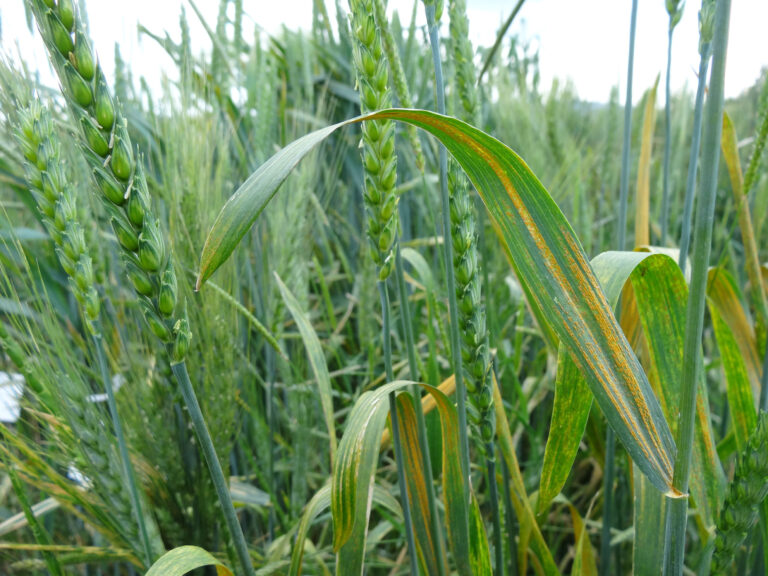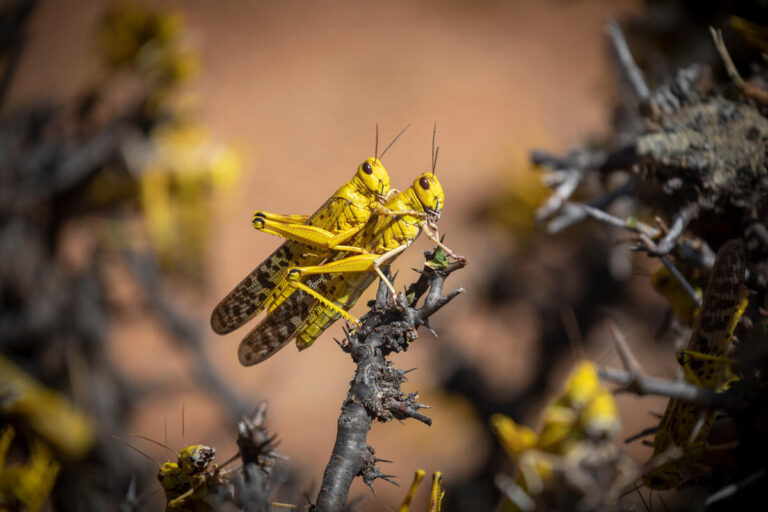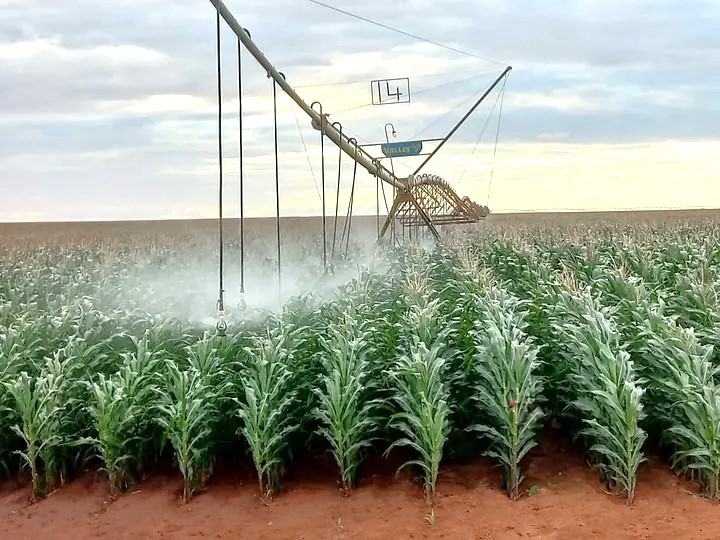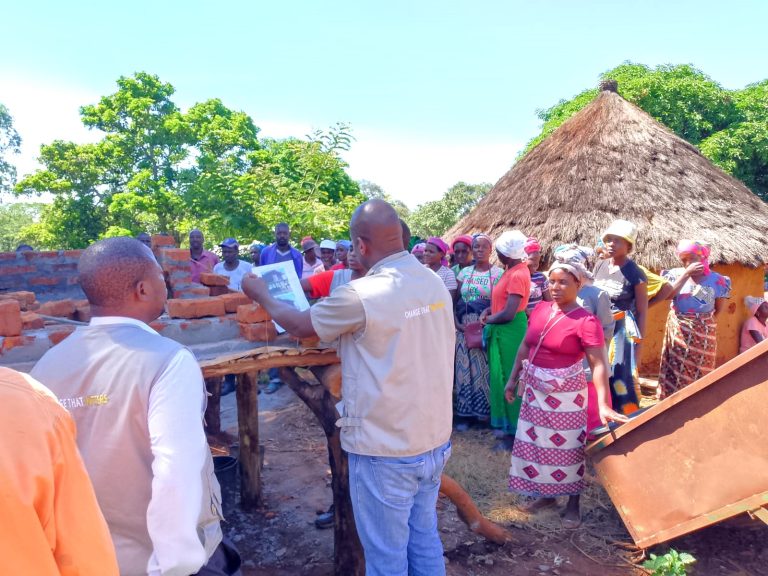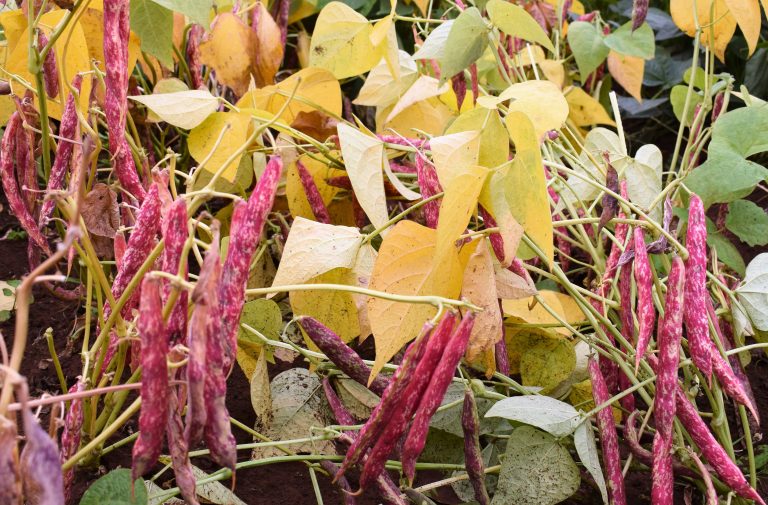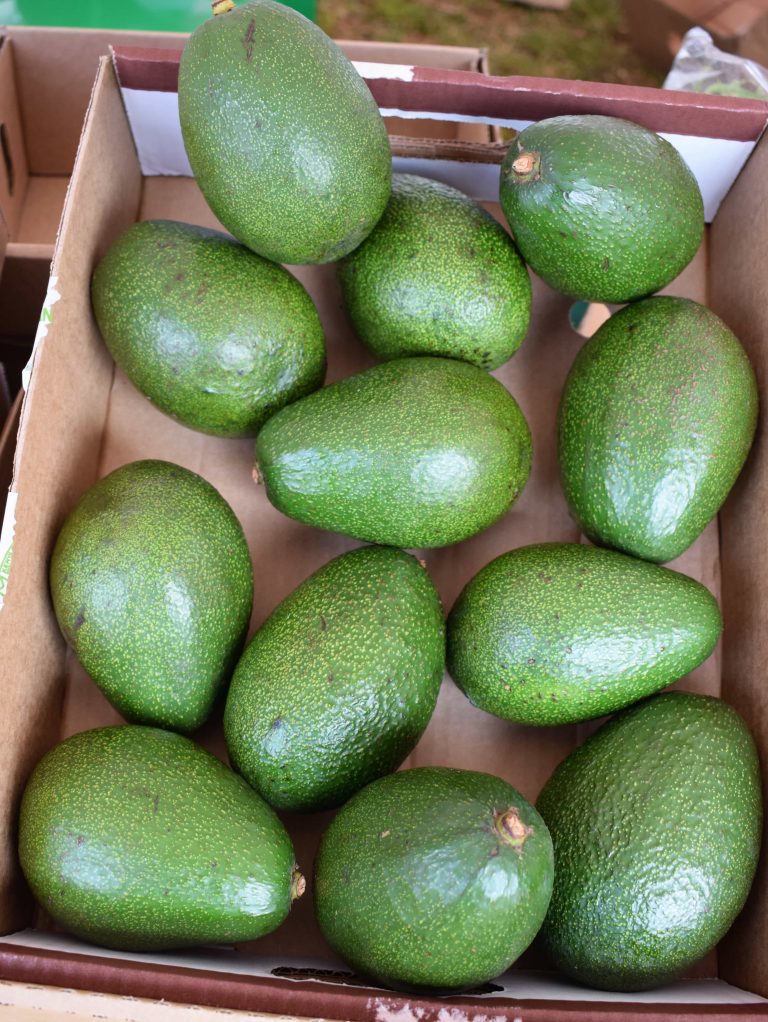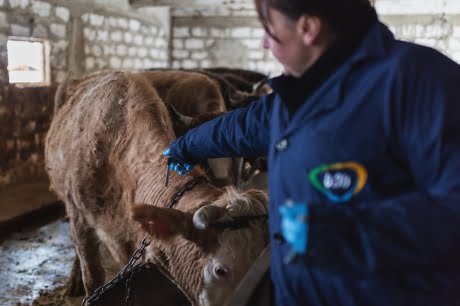By Kimuri Mwangi
The Food and Agriculture Organization of the United Nations (FAO) handed over a spray aircraft to the Desert Locust Control Organization for Eastern Africa (DLCO-EA) to strengthen the latter’s response capacity in combatting the Desert Locust and other migratory pests in the region.
The spray aircraft was handed over following the 2019-21 Desert Locust upsurge in East Africa, which was the most widespread in the region in more than 70 years. The aircraft was procured with financial support from the Governments of Denmark, the United States of America and the MasterCard Foundation.
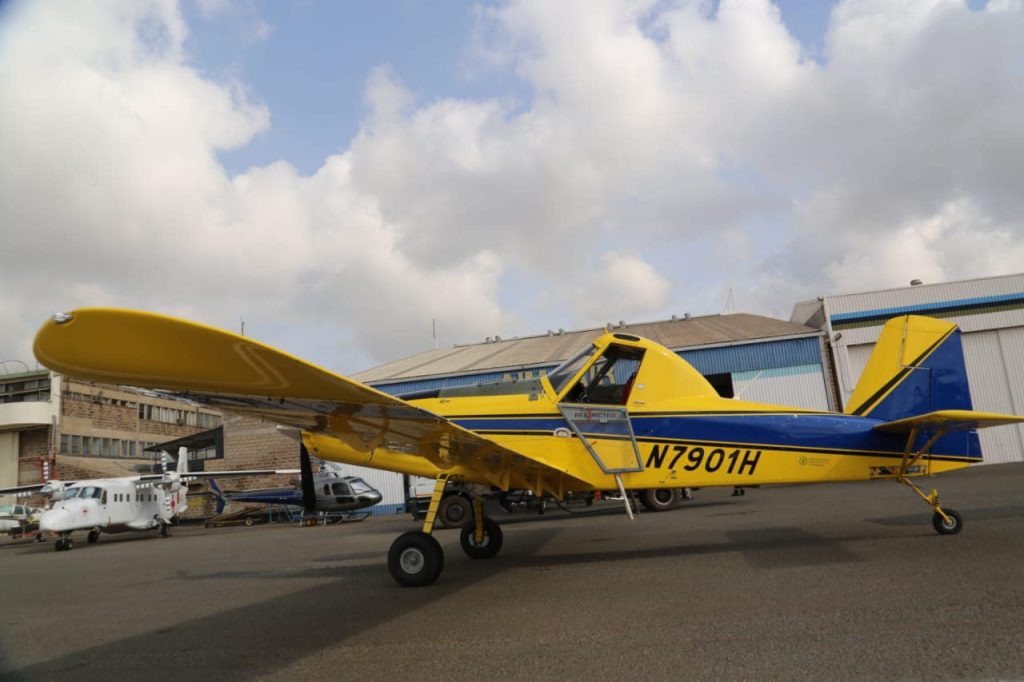
In opening remarks delivered at the handing over ceremony in Nairobi, Kenya, on 13 March 2023, The FAO Subregional Coordinator for Eastern Africa, Chimimba David Phiri, emphasized the vital role of building the capacity of DLCO-EA to enable it to better fulfil its core mandate of pest and vector management towards protecting food security.
He added that the current situation in Eastern Africa is grim, with some 47 million people currently facing Crisis or worse (IPC Phase 3 or above) food insecurity in countries of the Inter-Governmental Authority for Development (IGAD), and are in need of urgent action, including about 6 million in Emergency (IPC Phase 4) and over 129,000 in Catastrophe (IPC Phase 5). Concerning the three countries worst affected by the unprecedented, severe, three-year drought (Ethiopia, Kenya, and Somalia), 22.2 – 22.7 million people face high levels of food insecurity (IPC Phase 3 or above) due primarily to the drought, including 2.6 million people in Emergency (IPC Phase 4) in Somalia and Kenya, and 96,150 people in Catastrophe (IPC Phase 5) in Somalia, Phiri added.

“Given the fragility of the food security situation in the region, it is critical to building DLCO’s capabilities to respond effectively to future infestations of Desert Locusts and other migratory pests. The air tractor handed over to DLCO-EA is a step towards enabling it to respond to such food security threats that can further worsen our already fragile food systems.”
On his part, Kenya’s Cabinet Secretary for Agriculture and Livestock Development, Mithika Linturi, reminded that agriculture is the economic backbone of the region but that it faced several challenges and threats. Among these are migratory pests such as desert locusts, Quelea quelea birds and the fall armyworm. “I would like to appreciate the role of FAO in the successful control of DesertLocust in Kenya and the region. The new aircraft handed over today will greatly help the operations of DLCO-EA in the region.” He added.
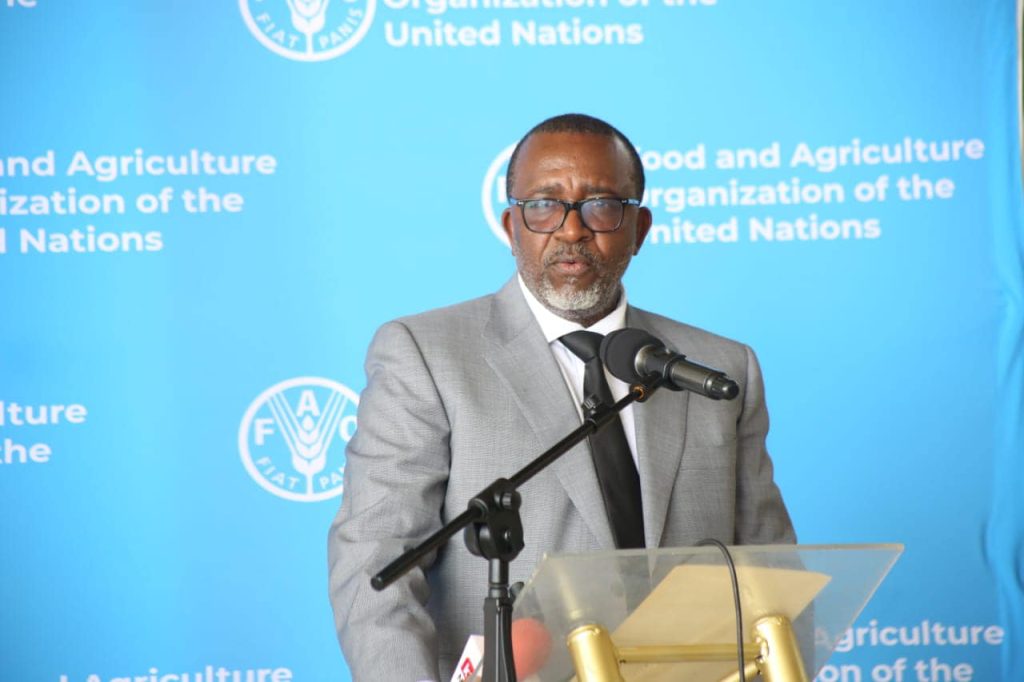
The DLCO–EA Governing Council Chairperson, Minister for Agriculture and Irrigation in the Republic of Somalia, Ahmed Madoobe Nuunow, appreciated the efforts made by FAO and DLCO-EA to control the Desert Locust infestation from 2019 to 2021. He expressed his hope that member states and development partners would continue supporting the DLCO-EA to improve its capacity to respond to the possible future infestation of Desert Locusts and other migratory pests. In this regard, he called upon DLCO-EA member states to honour their financial contribution to the institution.

The ceremony was held in the presence of Ministers for agriculture from Kenya, Uganda and Somalia, resources partners, civil society organizations and other stakeholders. Speakers highlighted the need to raise response capacities in the region to protect the lives and livelihoods of communities against the Desert Locust and other migratory pests which impact agricultural production and threaten food security.
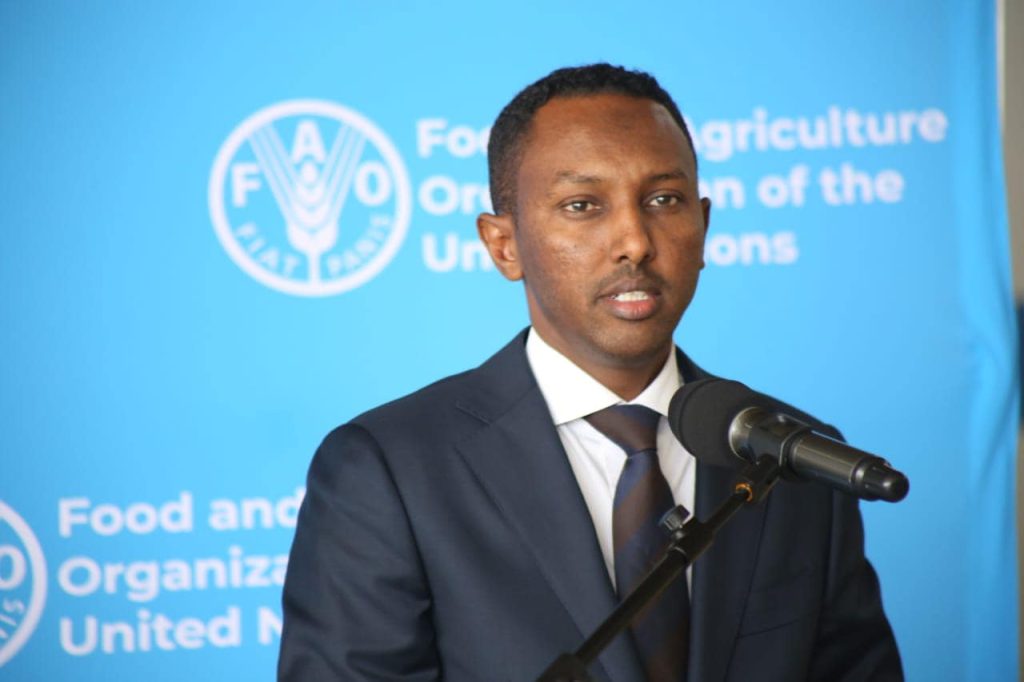
The Desert Locust situation in the region
Eastern Africa battled with the infestation of Desert Locust between 2019 and 2021 when large swarms of desert locusts endangered parts of East Africa and large areas as far as India and Pakistan via the Arabian Peninsula.
In late 2019, favourable weather and vegetation conditions across Eastern Africa were a relief for the most vulnerable livelihoods in the arid and semi-arid lands, providing a conducive environment for above-average production. On the other hand, the same favourable conditions also facilitated and contributed to the worst desert locust upsurge in the region. This affected countries in the East African region at varying levels of infestation and destruction of crops and pastureland.
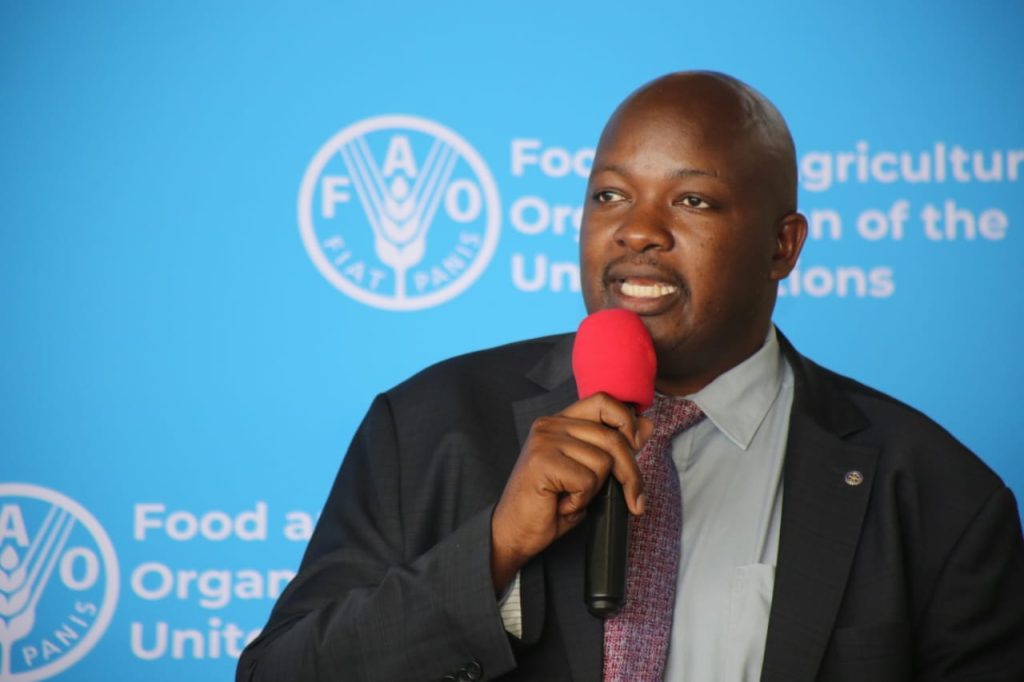
Despite the difficulties in mitigating and combating the spread of the Desert Locust, the collective effort of governments in East Africa. FAO, DLCO-EA and other partners paid off. The response managed to treat over 2 million Hectares of infested land. By doing so, averted crop losses of over 4 million metric tons, with a market value of USD 800 million, were averted. By the end of 2021, FAO and its partners mobilized 231 million USD to respond to the desert locust upsurge in the Greater Horn of Africa and Yemen. This Action protected close to 42 million people from food insecurity, preventing the loss of 4.6 million metric tons of cereals and 900 million litters of milk across the sub region.
The current situation in 2023 is calm in all regions. Scattered hoppers and adults with a few adult groups were present in the southern Western Sahara of Morocco in January. On the Red Sea coast, hoppers and adults were present in Sudan, and low numbers of adults were present on the coast of Yemen, Saudi Arabia, Eritrea, and northwest Somalia.



